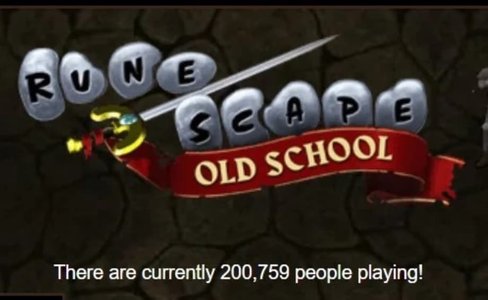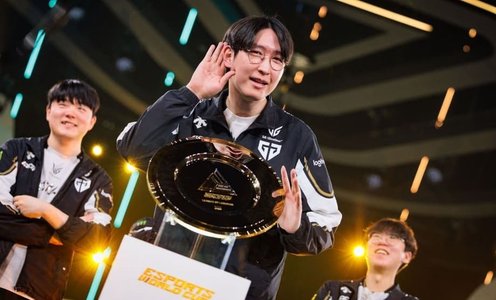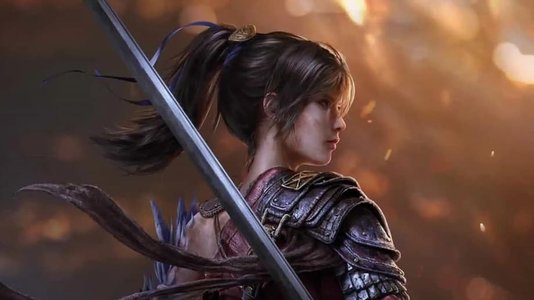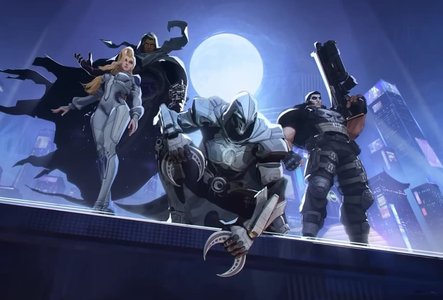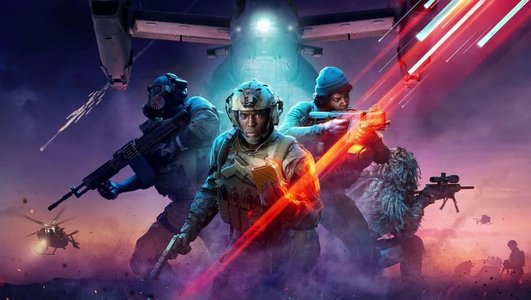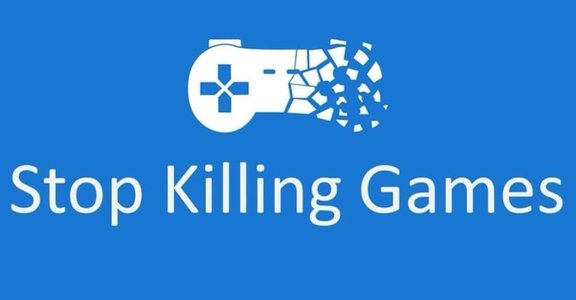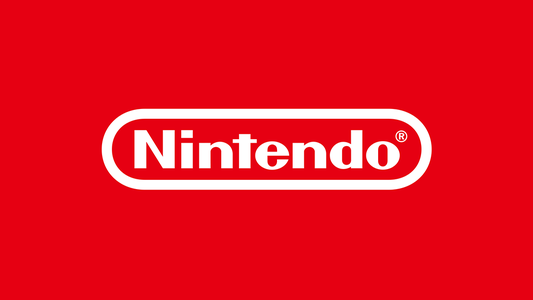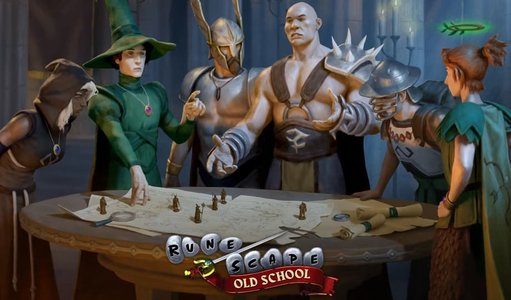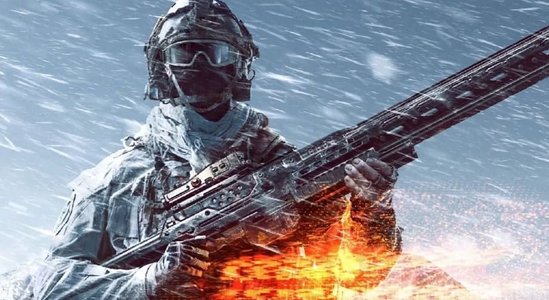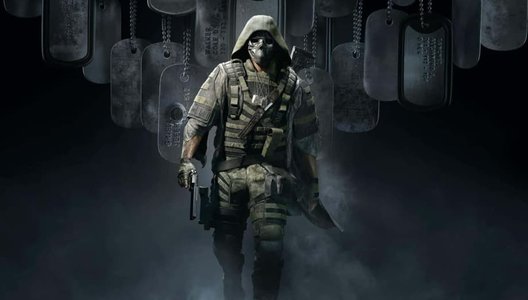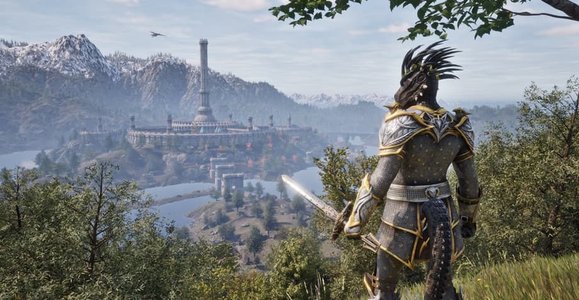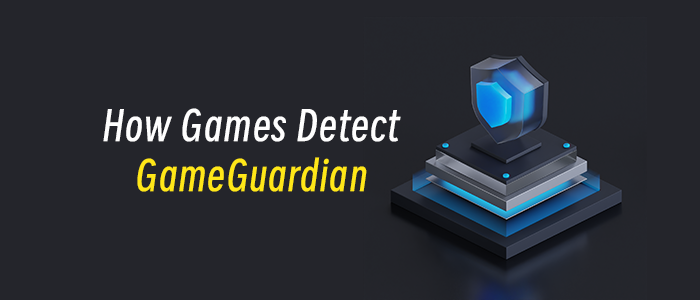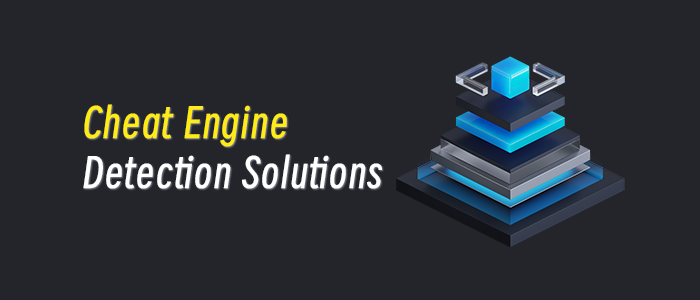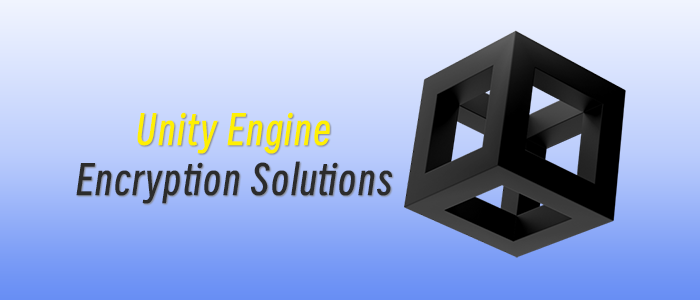[In this reprinted #altdevblogaday in-depth piece, Microsoft game designer Daniel Achterman continues his series on system design's best practices by looking at how you can tune combat in RPGs.] This article primarily focuses on Player versus Environment combat in RPGs, though its methods can be applied to Player versus Player or other types of games. Role-playing games have a tremendous amount of content, each piece with multiple parameters that define what they do in combat. Damage dealt by a sword, bonus granted by a skill, total health of a level 23 bandit, etc. It's not too hard to tune content when you look at a single game zone or a fixed character level – you can playtest that area and tweak values until the game feels right. However, trying to tune values for a giant world with 100 levels of content and multiple classes is much more complicated. How do you choose values for RPG content without playtesting and brute force tuning every type of character at every level? A computational approach can help you quickly generate first pass values for these massive amounts of content. The method is to calculate how each piece of content affects a character's effectiveness in combat and express that "power" in terms of a universal unit. That allows you to compare very different types of content in a mostly apples-to-apples way, enabling you to do a variety of powerful things:
Compare different classes and tune them relative to each other.
Identify items or abilities that are likely to be unbalanced.
Determine what stats enemies need to be a good challenges for characters.
Solve for the parameter values of a skill or item to make it as powerful as it should be.
That last one is especially important. Not guessing. Solving (then tweaking).
 Many factors increase character power as they level up in games like Blizzard's Diablo III.
Many factors increase character power as they level up in games like Blizzard's Diablo III.
It's not an exact process. It requires a lot of estimating and approximating, and it can't be done for certain types of content. However, where it does work, you can use it to rapidly generate parameter values that will be about 80 percent. right. The Method Here are the steps:
Implement your core minute-to-minute gameplay. Creating a progression of content won't help If the game doesn't play the way you want it to, and you'll have to redo the work after you fix your core gameplay. Create a vertical slice of your game that plays the way you want.
Design the stats that define the "base power" of a character of level X. "Base power" is defined by the stats that improve steadily as a character levels up and which are not influenced by player choice, such as health, base damage, expected armor, or THAC0.
Identify other game content that magnifies a character's combat effectiveness as he levels up. This can include systems like item modifiers, skills, World of Warcraft's ability glyphs, or League of Legends' runes. These combine to give the character's "total power."
For each piece of content, determine how to express its value as a percentage modifier to a character's base power. For instance, a 2 percent damage bonus increases a character's power by 2 percent. "Percentage bonus to base power" is the universal unit you'll use to compare different types of content.
Choose what impact you would like each type of content to have on total character power as the character levels up. Should each skill point increase a character's base power by 5 percent., so they're twice as powerful after spending 20 points?
Given each piece of content's intended effectiveness, solve for its parameters. If you know the intended bonus to base power you want a piece of content to grant, and you know how to calculate its power from its parameters, you can work backward to solve for its parameters.
Base Power Defining base power is something I struggle with because it's so specific to each game. The best definition I've found is that it's the combination of all character stats that increase automatically as a character levels up, without involving any choice by a player. Examples include things like character health or THAC0 in D&D. WoW characters get a fixed set of stat points when they level up, and skills increase steadily in effectiveness. Expected damage per second and armor are also part of base power. Though these don't increase automatically (the player has to find new gear), game content tends to be designed with the expectation that players are maintaining up-to-date gear. Games like WoW assume that players are using items with base stats that are appropriate for their level, so unmodified item stats are part of base power. Power Magnifiers Power magnifiers are pieces of content that modify a character's base power in combat. Their significance to his overall power generally grows as he levels up. Here are some examples:
Skill Points or Talent Points. Each point increases character power by a percentage.
Item Modifiers in tons of RPGS. They get more numerous / significant at higher levels.
Materia in Final Fantasy VII. Players get more powerful Materia and can use more at once as they progress through the game.
 The impact of Materia on FFVII character power increases as they gain more slots and more powerful Materia.
The impact of Materia on FFVII character power increases as they gain more slots and more powerful Materia.
Players generally get to choose which power magnifiers they want to take to customize their character, and different classes use different power magnifiers. They key to balancing classes against each other is to ensure their available power magnifiers have equivalent effectiveness. Power Magnifier Value as a Percentage of Base Power Express the value of a power magnifier as a percentage of a character's base power. "Percentage bonus to base power" is the universal unit to use to compare different types of bonuses. Since all power modifiers are relative to base power, I like to define base power at any level as 1.0, for 100 percent. An unmodified level 1 character has a base power of 1.0, and so does an unmodified level 54 character. If a power magnifier increased a character's effectiveness by 5 percent, it would have a value of 0.05. To translate a bonus to "effectiveness," calculate how much it increases the damage a character does in a fight before he is killed. So, a bonus that keeps him in a fight twice as long would double his effectiveness and have a value of 1.0 (because it is a bonus of 100 percent). A particular power magnifier generally becomes available at a certain level, and is tuned to be appropriate for that level. For instance, see the "Affix Level" values in this chart of Diablo II item affixes. Determine its percentage value relative a character's base stats at the level it is intended for. Some examples:
Percentage Damage Bonus Imagine a skill that increases character melee damage by 1 percent. Since this is presumably a skill for melee characters, assume they always get its benefit; so it has a value of 0.01. Conditional Damage Bonus A sword has a modifier that gives it a 5 percent. chance to deal 30 bonus damage on an attack. This is an average of 1.5 damage per attack. If base damage per attack is 100, then its value is 0.015.
No tags.





